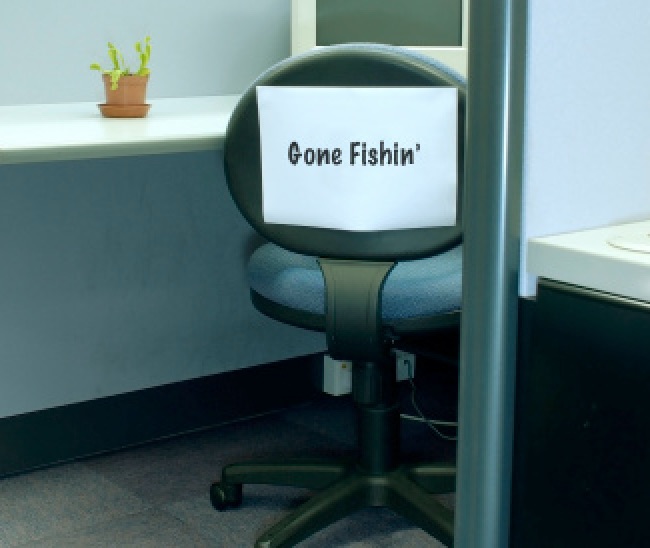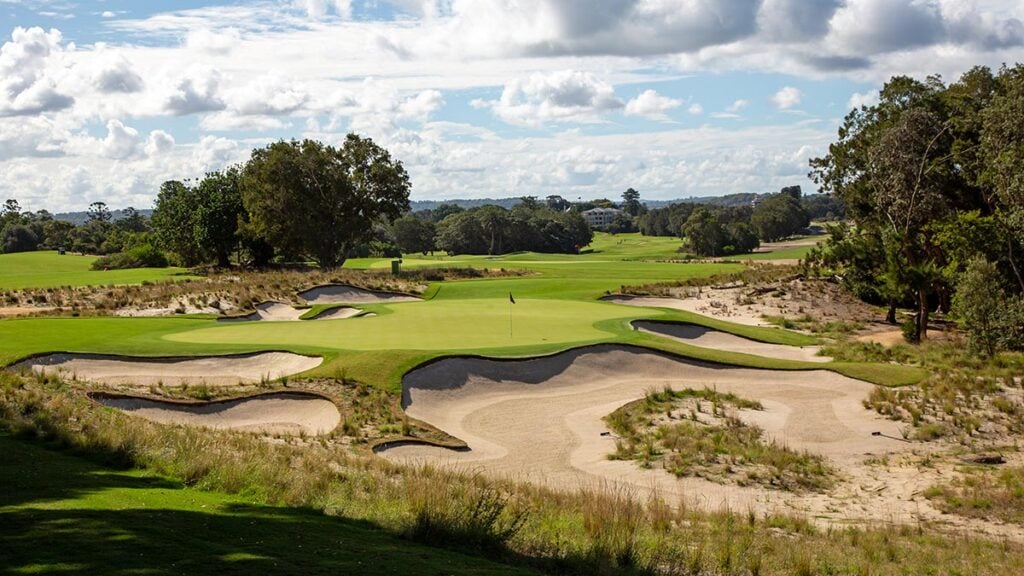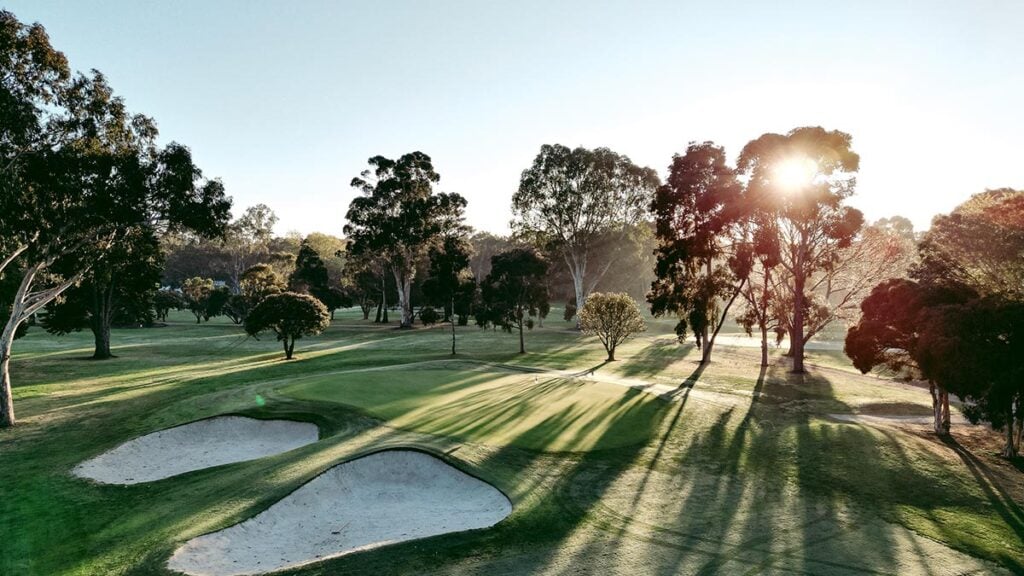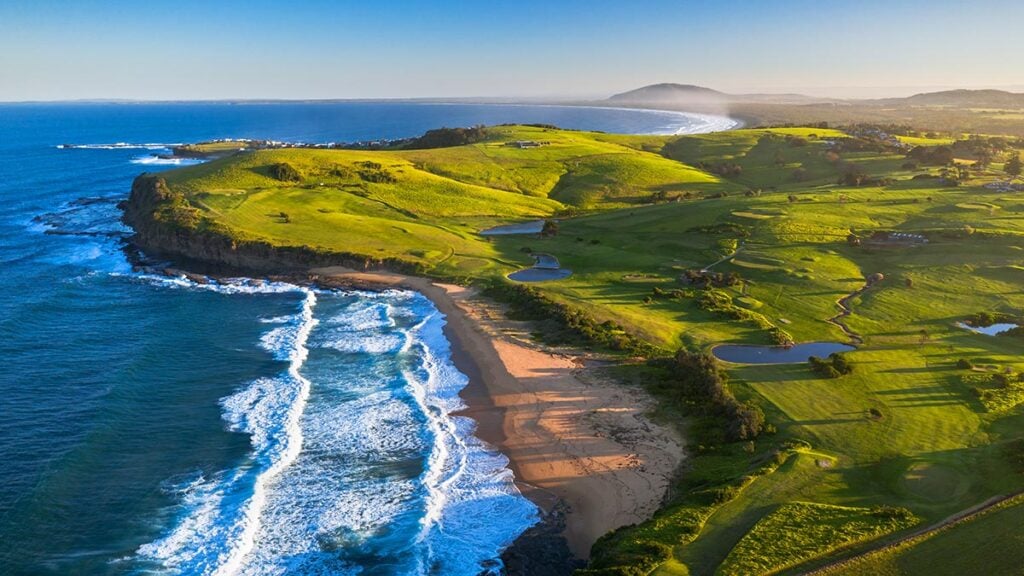As you read this there’s a sign on my desk that reads: “GONE FISHING.”
How long I’m away will depend on how long my phone keeps ringing, but I’m prepared to give it a few more weeks, at least until the dust settles and Australia’s best golf clubs have had time to be distracted by other business.
It’s not all fun and games putting together the bible of golf-course rankings in this country. There’s a lot of responsibility attached to it. Yet the latest edition of the 100 greatest Aussie layouts in the land – in Australian Golf Digest’s 50th year of existence, no less – may be the most intriguing list ever released.
Many clubs will be over the moon with what they read inside this issue. Others, not overly so. But as the great Alister MacKenzie once wrote in The Spirit of St Andrews, “If we have never had a bad lie we are not likely to appreciate a good one.”
Hey, even the seemingly untouchable Royal Melbourne West got a “bad lie” in 2010 when it was relegated to No.3 after being hit hard by the drought.

Of course, dealing with such conjecture is all part and parcel of publishing a national ranking that dictates much of the marketing of the clubs involved. But, boy, is it a conversation-starter.
“I love the rich tapestry of voices that can be heard come Top 100 season,” says Australian Golf Digest’s Top 100 Courses commander-in-chief Steve Keipert. “Whether it’s our readers, course superintendents, architects, club managers or punters, their opinions are what makes Australia’s original and best Top 100 Courses ranking such an interesting process. Part of me wishes we could do it every year but part of me is extremely grateful we don’t.”
Another thing we love is feedback, be it positive or negative. To help set the record straight, we decided to collate some of the most common misconceptions we’ve heard about golf-course rankings over the past 24 months and provide some feedback of our own. As always, we welcome your thoughts on this year’s final list [coverage starts on page 68]. Let us know how we did via e-mail at [email protected] and be sure to join the conversation across our social media channels over the coming days and weeks.
Now, where’s my fishing rod…

YOUR COMPLAINTS ANSWERED…
“If we can’t play it, it shouldn’t be ranked”
Ahh… an oldie but a goodie. We’ve been answering this complaint for years, mainly in relation to our inclusion of the ultra-private Ellerston and, more recently, Cathedral Lodge. Remember, this is a ranking of quality, not a ranking of access. If it’s an Australian golf course, regardless of how many tee-times it offers, it’s eligible to be ranked (unless its management specifically requests otherwise).
“Come on, we all know course rankings favour those clubs that advertise”
Ha! If only. The money we could have made from Royal Melbourne, Kingston Heath, Ellerston, New South Wales, Barnbougle, The Australian – shall we go on? – could have set us all up for an early retirement. Alas, they don’t spend a cent, nor do our sales team even know the final makeup of the Top 100 until it hits the newsstands. Oh, and we still have to work for a living.
“There’s too much emphasis on conditioning”
Not here there isn’t. Out of the 80 maximum points that can be given to any one course, only 10 can be scored for conditioning. Interestingly, our definition of Conditioning is solely about firm and fast turfgrass. Grooming, which many people confuse with conditioning, is cosmetic, and our Aesthetics criteria is where judges get to assess that.
“Clubs think cutting down trees automatically makes them better”
We’ll go into bat for maligned course architect Mike Clayton here. Critics of ‘Clayts’ liken him to the baddie in “The Texas Chainsaw Massacre”, such is his penchant for slicing and dicing anything that gets in his way. But if we can be serious here for just a moment, proper tree management is a big problem. Overgrown vegetation, even trees being planted in the wrong locations, can completely distort the way a hole was designed to be played. Effective de-cluttering of a site helps restore the overall playability to its former glory, which can certainly lead to a rise in the rankings.
“Courses next to oceans always rank higher”
In 2013, George Waters, then an aspiring golf-course architect and now the manager for the United States Golf Association’s Green Section Education, wrote a book titled Sand and Golf: How Terrain Shapes the Game. It’s marvellously instructive, one of many books on our recommended reading list for our course-rating panellists. Waters starts with the premise that “sandy terrain lies at the heart and soul of the game”, a simple declaration that explains the ascension of many of the courses listed on this year’s ranking. He adds that a base of sand will provide firm and fast turf conditions (the essence of Australian Golf Digest’s Conditioning category) and irregular terrain that poses stance and lie as strategic elements: random hazards dug from natural sand; unusually contoured putting surfaces; interesting wrinkles off greens; and, more often than not, prominent wind, because wind most commonly deposited the sand on such sites in the first place. All these elements are addressed in our Shot Values and Resistance to Scoring categories. The trend is clear: seaside venues bring out the best in golf architecture – and that’s what these rankings are all about.




